In March, I was honored to moderate a panel of memoir writers at the Tucson Festival of Books. Meeting and interacting with these authors was memorable. Adiba is as funny and direct as her book. Asked by an audience member how her publisher handled book publicity, Adiba said that her publisher had no women of color in the publicity department. She forced them to hire one.
Laura is striking, charming, smart, and on the way to great things with her podcast and Hollywood connections. Stash is being made into a TV series.
Patricia Grayhill is tall, beautiful, and determined that younger lesbians and women entering medicine will not suffer from the same ignorance she confronted. Below are their three books, followed by many more fun reads.

Adiba Nelson is the Joe Btfsplk (the Dick Tracy comic character who always had a storm cloud over his head) of motherhood. Whatever can go wrong does. But she has an indominable Puerto Rican mother who instilled in her daughter that you never give up.
As a child, Adiba’s father kidnapped her, then abandoned her to his drug habit. Adiba and her mother scratched out a life, culminating with Adiba’s graduation with a BA in Social Work. Life seemed good. But Adiba has a hole in her she tries to fill with unworthy men and poor decisions. This leads to bad marriages, affairs, and finally to her child, Emory, born with several life-altering disabilities.
Adiba writes with humor, determination, and honesty. I was involved in the mess of her life from the moment I started reading through her strong, but vulnerable end.
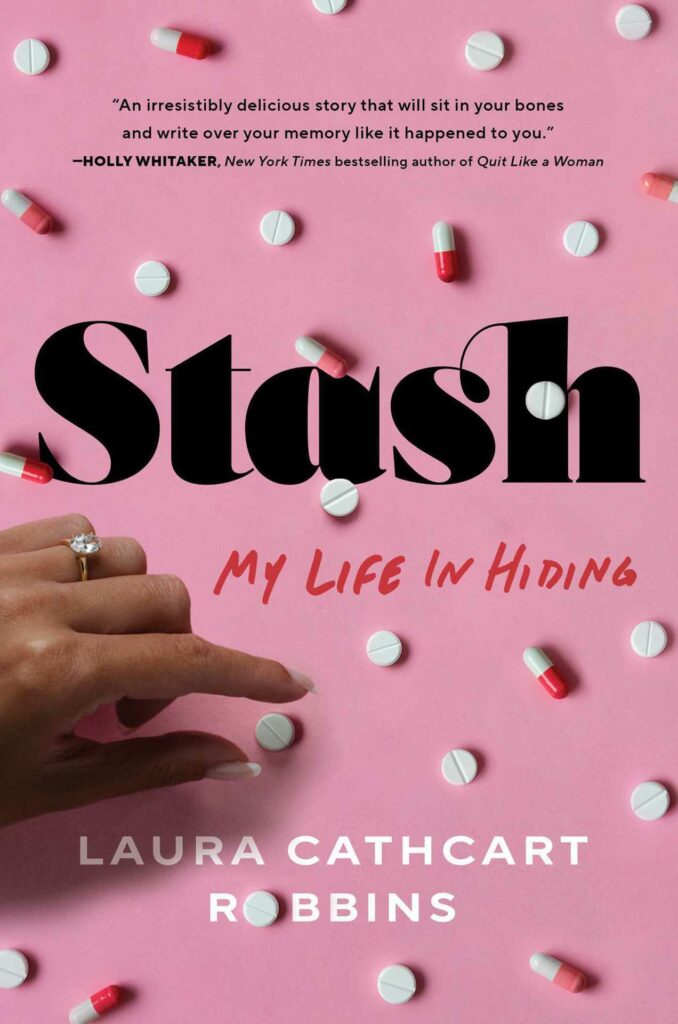
Stash is compulsively readable – what trouble is Laura going to cause next? From the outside, she appears to have it all: successful African-American woman in the tough world of Hollywood PR, famous producer husband, two beautiful children. But Laura is living a lie.
Regardless of how successful, she can’t let go of her history as a coke-addict, street-living failure. This is the story of her fall and her redemption. Quick, predictable, good read.
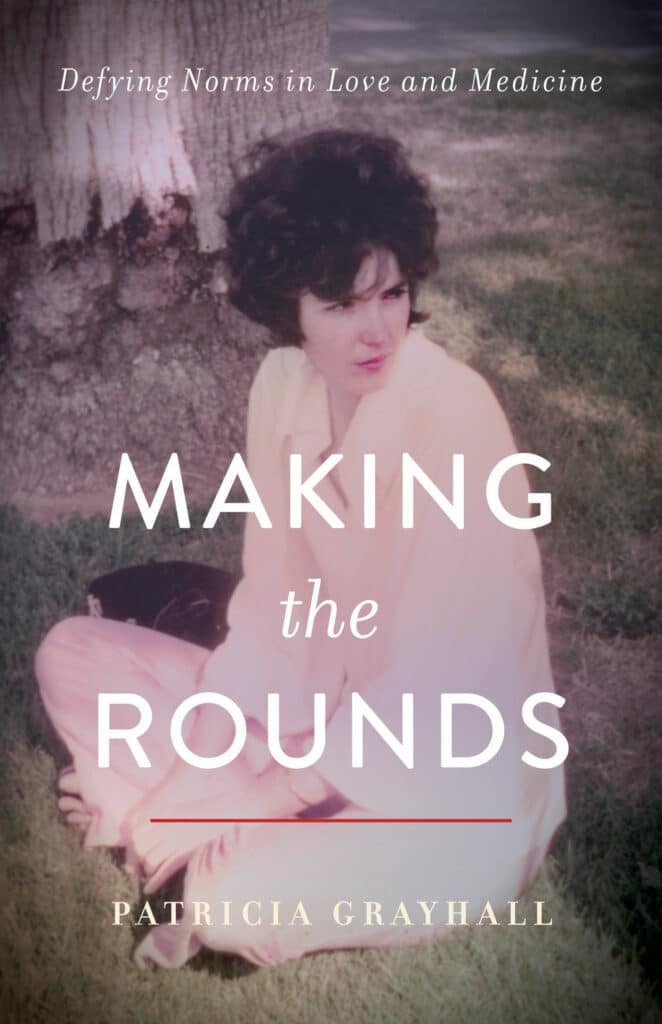
Wow! Talk about letting it all hang out in a memoir. Patricia Grayhill is a 70-year-old M.D. and lesbian. She went through med school in the ‘60s, mostly in Utah. She goes onto great success in public health, navigating a vigorous and perilous love life. I’m sure that my eye-opening is mostly because of my narrow reading of lesbian literature.
Patricia Grayhill wrote for young lesbian women who cannot find themselves in published books. If you are lesbian or a woman in or entering the M.D. world, this is a must read. I’m neither, and found the book fascinating for the insights into worlds I’ve never known.

Yes, there is a slowworm. It’s a small, legless lizard native to Britain. Yes, it moves slowly, and is often mistaken for a snake. Miller knew exactly what he was doing to put this image in our minds as we read the 250-page letter that Stephen Rose writes to his estranged daughter.
The book is a direct narrative, no dialogue, no fancy action. Rose served in Northern Ireland during the Troubles – a period that the British nation and the British military would like to forget.
He is so desperate, so remorseful. He attempts to own his story, but his whole life has been written using the ink of borrowed belief systems, from Alcoholics Anonymous (Rose is an atheist), to the British Army (Rose is an anti-nationalist patriot), to the Quakers (Rose is a militarist). This is not a dazzling read; it is quiet, desperate, and ultimately memorable.
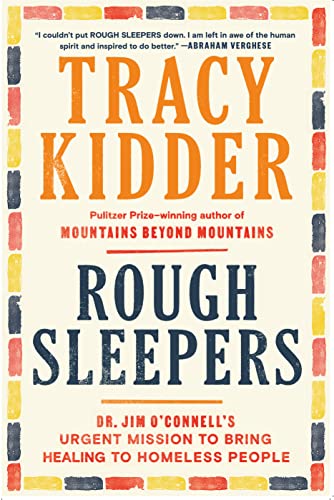
Tracy Kidder hangs out with compulsive people. And then he writes about their compulsions in ways that rivet our interest. My favorite is still House, where he shares the minute experiences of first-time custom home purchasers and an long-time carpenter/contractor. I learned things I’ve never forgotten.
In Rough Sleepers, I learned things that I would forget if I could. Kidder sinks us into the world of homeless street sleepers around Massachusetts General Hospital and the people who try to serve their needs. They are stymied by useless laws, mental illness, and bureaucratic incompetence.
Dr. Jim O’Connell creates a way to serve his patients and sometimes save their lives. But the success stories are few. We follow their stories, the ones who never had a chance, and the ones who try, but return to the pull of street life. As usual for Kidder, a good read, but one for which there is no happy resolution.
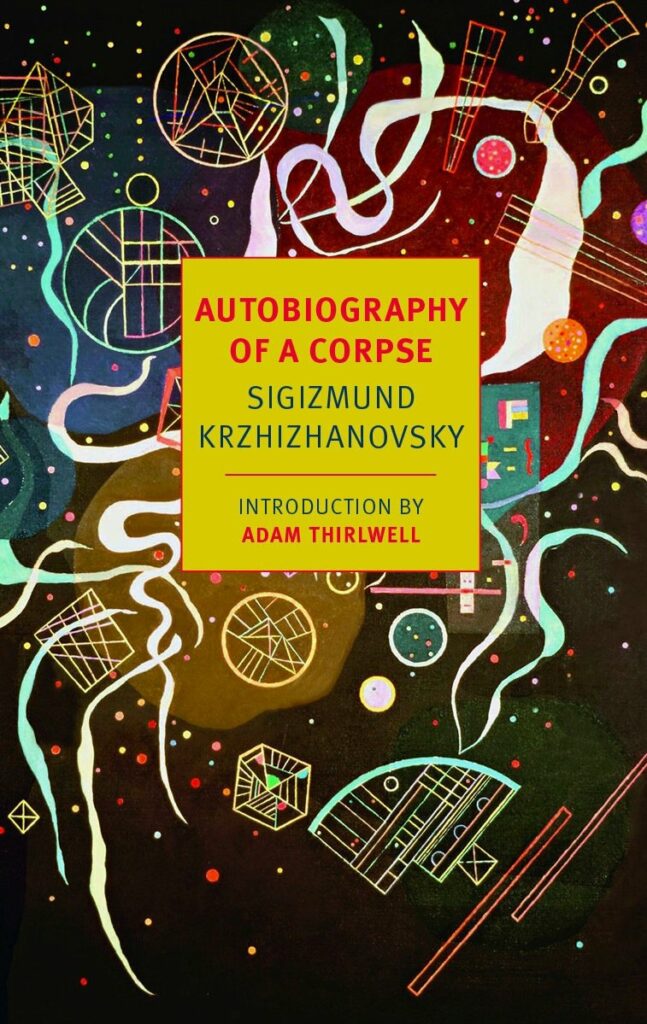
You’ll sharpen your reading skills on this amazing book of Russian short stories – all written in the 1920s and only published beginning of the 1980s. The name is pronounced Ker-zez-han-ofsky. Originally from Kiev, he moved to Moscow in his 30s and remained writing there until his death in 1950. Though well-known and respected as a writer during his life, history (Russian Revolution, WWII) kept him from being published.
If you like Russian writing such as Gogol’s Dead Souls and The Nose, but with a modern and metaphysical bent, you will enjoy Autobiography of a Corpse. Reading-level-wise, this was a stretch for me, but I persisted. Be sure to use the great notes in the back of the book that clue the reader into all the unknown-to-us Russian references on a page-by-page basis.
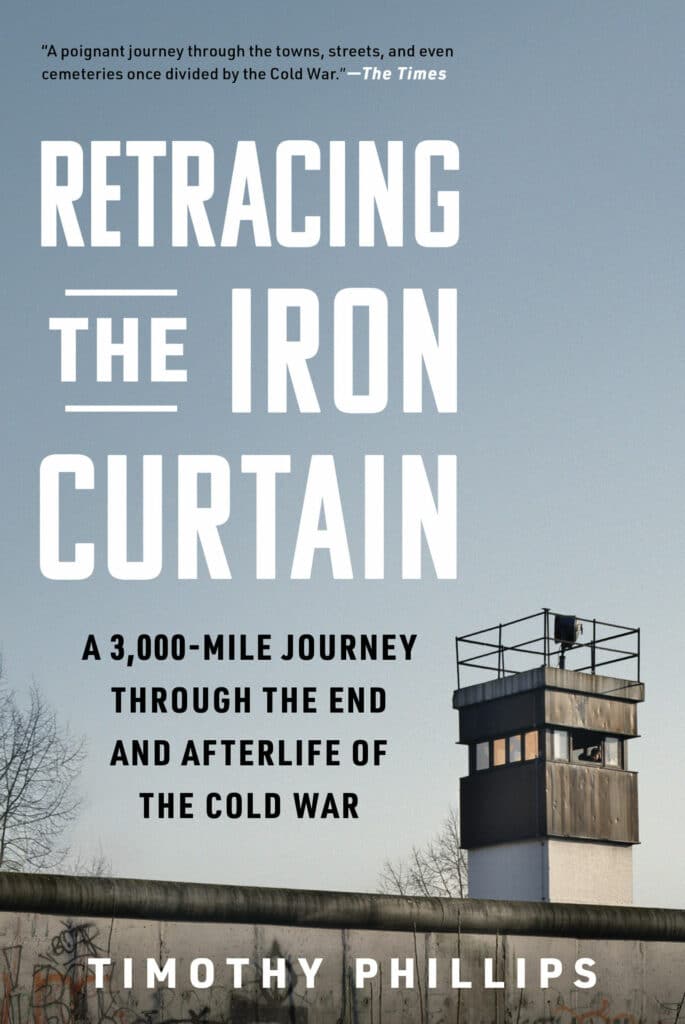
A thought-provoking travel journal and an eye-opening history lesson for U.S. based readers. Phillips is born in Ireland, raised in the U.K. and speaks fluent Russian. His 3,000-mile trip begins at the northern tip of the Finland/Russia border and ends at confluence of Armenia, Azerbaijan, Iran, and Turkey.
I never once wanted to take a break from this book of 400 pages. Phillips usually stays in Airbnb-type accommodations, making friends with his hosts who are eager to share their memories. I felt like Zelig, popping up in these usual and unusual places, looking over Phillips’s shoulder, listening into conversations.
I am more familiar with the European Iron Curtain. The Iron Curtain from Italy to the journey’s end is mostly new information. Wonderful maps, and I learned a new Brit-speak, fly-tipping – rubbish left by the side of the road. Not necessary for it to attract flies. The fly comes from “fleeing the scene.” A great read. Highly recommended for history lovers.
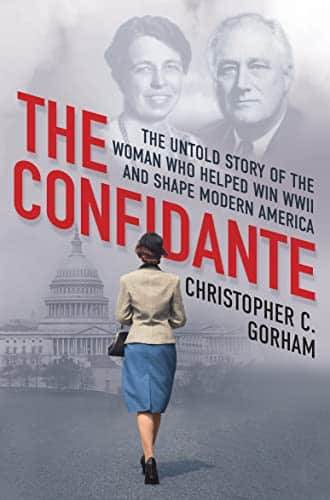
“Anna M. Rosenberg was in the room. She was present at and played a part in some of the most momentous events of the 20th century, from the New Deal, World War II, and the Korean conflict to the presidency of Lyndon Johnson. Why have we not heard of her?” says C. B. Santore in his review.
I was captivated, amazed, and humbled by this stunning biography of Anna Rosenberg – a Hungarian-Jewish immigrant. Her family gained traction in the U. S., she married well, she volunteered and “put herself out there.” But nothing could compare with her ability to clearly interpret situations, verbalize solutions, charm participants, and make a difference in every situation she chose to influence.
There is just a hint of her personal life – was she more than a friend to Roosevelt? Were there others? I predict that there may be a “fictionalized” version that includes the hidden side of her amazing life. In the meantime, read this one and fall in love with Anna.
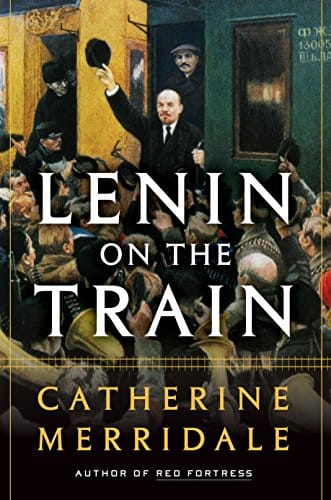
Let’s dig a bit deeper into 20th Century Russian history – Lenin’s historic journey from Geneva to Moscow and the start of the Soviet Revolution in 1917. The Tsar abdicates; the moment is ripe for leadership in factionalized Russia. Lenin senses the need to seize the reins – but he is living and writing in Switzerland with his wife and cronies.
Puppeteers begin to pull the strings. Europe is enmeshed in WWI. The Germans do not want Russia to enter the war on the side of the Allies. The Germans had already been funding Russian revolutionaries, undermining their enemy. Now, they arrange a train, that must go clear across Germany, to ferry Lenin and his friends to Moscow.
It’s a good story, well told. Keeping the Russian names straight is always a challenge and may not be worth the read for some.
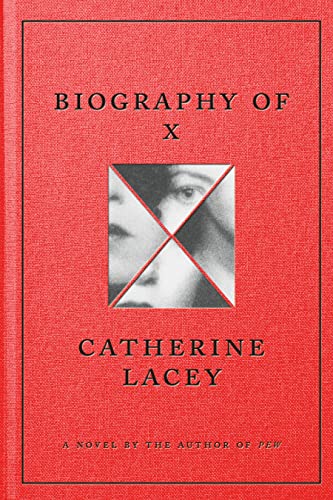
This is a major novel, but not an easy one. Lacey writes on so many levels that your mind spins. “Wait, what did she just say? What are these territories? How many identities are there?” The plot is not complex.
A widow does not like a biography written about her wife, so she sets out to find and publish the truth. And the truth does not set her free. The world Lacey creates is fully footnoted with fictional sources, (not unlike Russell Banks in The Relation of My Imprisonment) and she includes fuzzy photography. I recommend this book, not because you will love the story, but because Lacey is an amazing writer. She deserves our attention.
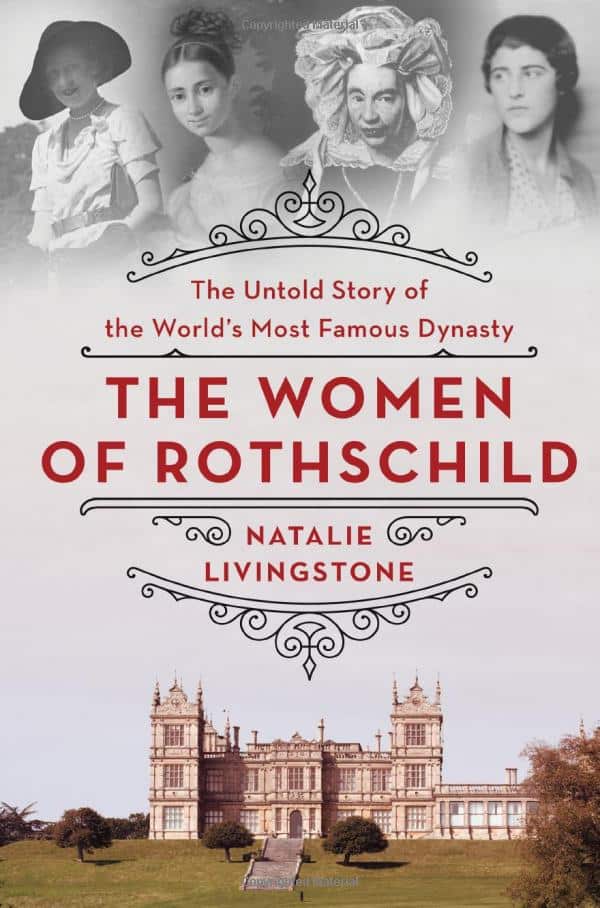
Rothschild = banking. Rothschild = fine Bordeaux. Rothschild = successful Jewish men. Natalie Livingstone, a major UK journalist, devoted years of research to lifting the veil on the Rothschild women. They were hidden in the 19th century by years of Jewish tradition that put the men up front and kept the women at home pregnant and rearing families.
This is a dense book, and Livingstone only probes the stories of the more famous and infamous women, not the entire family tree. I can’t say that I enjoyed the read, but I found the more contemporary Rothschild women interesting. A worthy book for the history lover, but not much to offer otherwise.
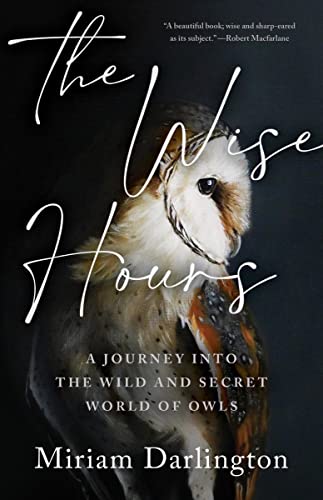
Maybe I’ve read one bird-centric book too many. Few can compare with H Is for Hawk by Helen Macdonald and Wesley the Owl by Stacey O’Brien. Miriam Darlington mixes her owl research and fetish with her challenging home situation regarding a maturing son with a mysterious illness.
Her goal is to see all the owls endemic to Great Britain. This takes her hither and yon as rare species appear and often disappear. If you have not read the two forementioned books and would like to dive into birds, I recommend those.
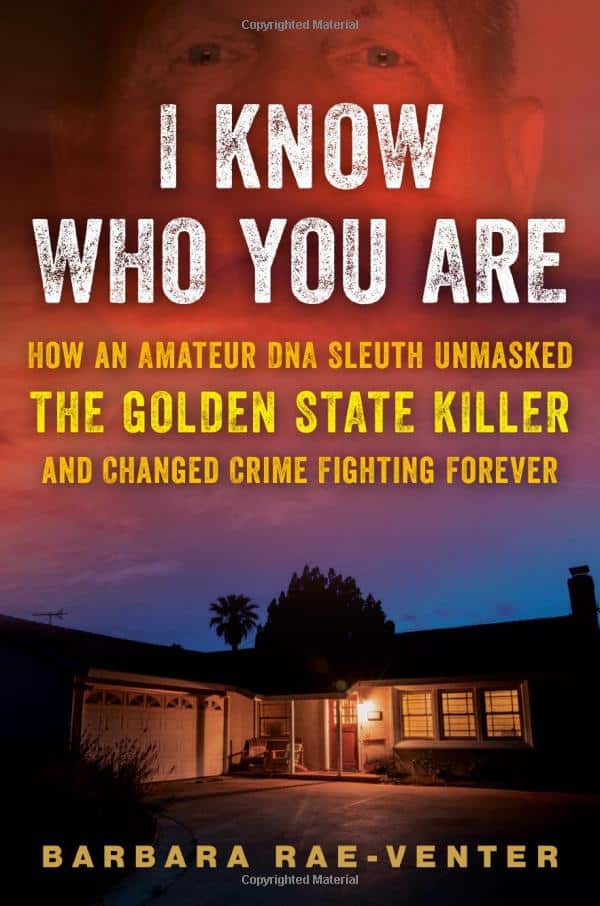
A most interesting book about how amateur genealogists use the emerging database of people who submit for DNA tests to solve crimes, find missing people, and run circles around most police.
In the early days of Family Tree DNA and 23 and Me, people submitted their DNA for sequencing, never thinking to ask for privacy. So investigative genetic genealogy (IGG) using this data grew into a successful network of amateur, highly educated, and motivated problem solvers. The case studies are interesting and overall, this book is good reading.
I felt after the first 100 pages that Rae-Ventor was repeating information about IGG to fluff-out the pages – easy to skim these parts. There is also a good glossary in the back to bring the reader up to speed on a new science that speaks its own language.

An oldie, but a goodie! Bemelmans wrote the Madeline series for children. This predates Madeline, but dwells in the confines of an elegant New York hotel as seen from the dining room staff side. The short wry stories make this a good pick-up and put-down read to interstice between heavier material. It helped get me through The Women of Rothschild!
What was the last non-fiction book you read? Why did you pick that book? Would you recommend it? Do you read book recommendations before purchasing/borrowing?




